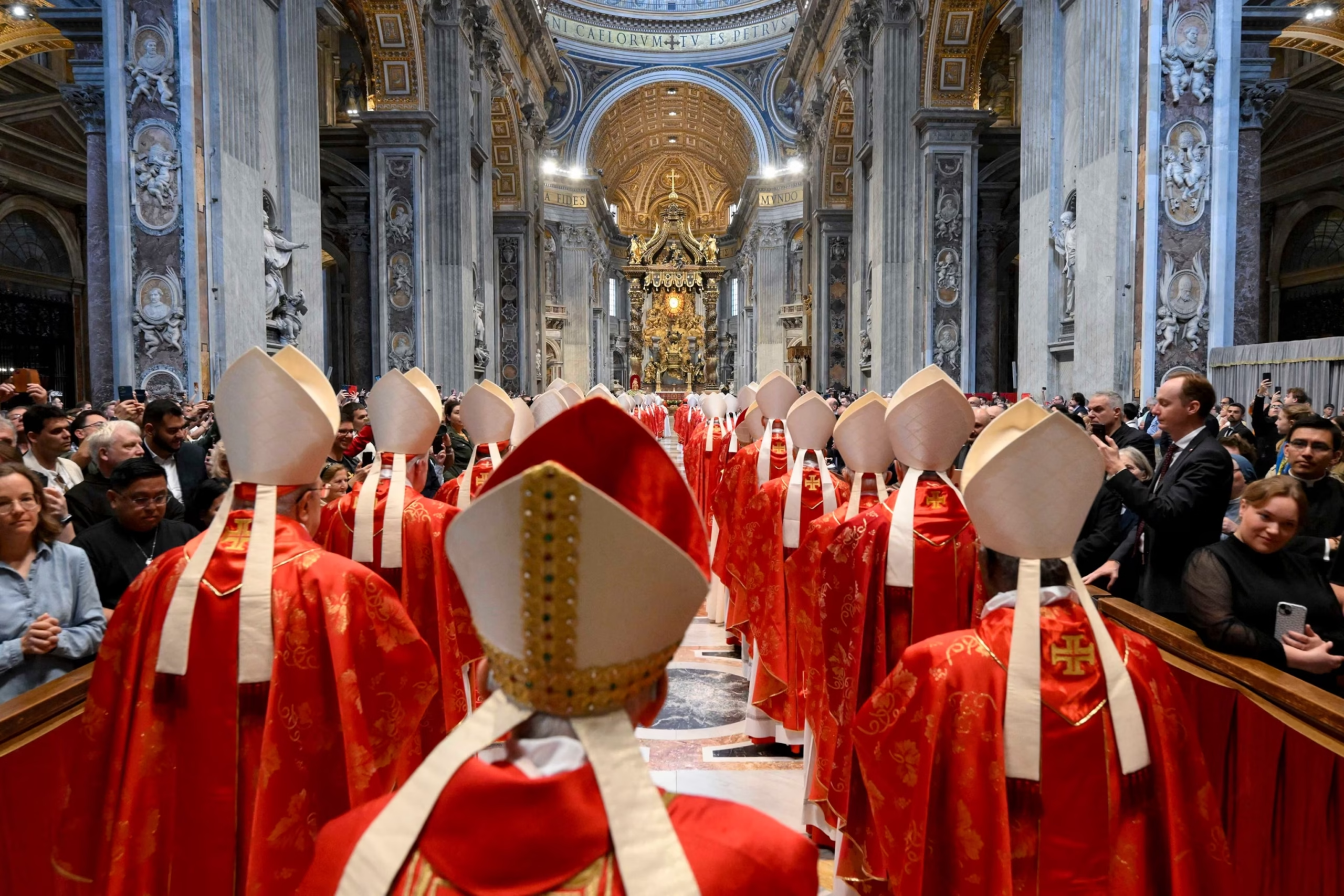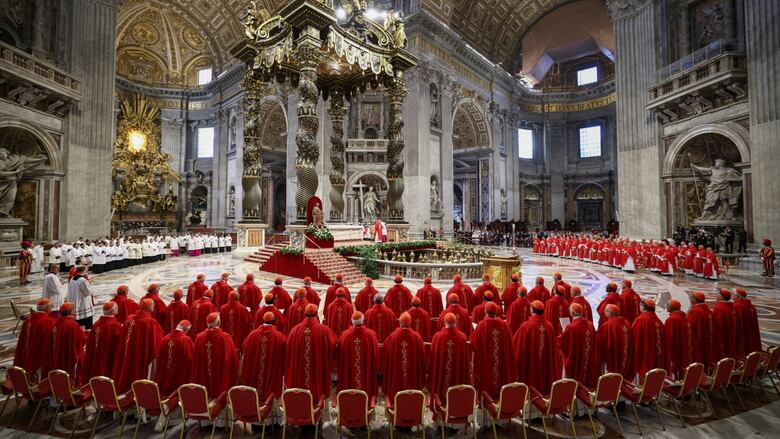Conclave Secrets: How a New Pope Is Chosen Behind Closed Doors

The election of a new pope—one of the most sacred and secretive processes in the Roman Catholic Church—is a centuries-old tradition carried out by the College of Cardinals during a process called the conclave. From white smoke to the Latin phrase “Habemus Papam” (“We have a pope”), the world watches with fascination. But how exactly does it work? This article offers a complete overview of the origins, procedures, symbols, and mysteries behind the papal conclave.
1. What Triggers a Papal Conclave?
A papal conclave is held when:
- A pope dies
- A pope resigns (as Benedict XVI did in 2013)
Once the Papal See becomes vacant (known as sede vacante), preparations begin immediately for the election of a new pontiff.
2. The Origins of the Conclave
The term “conclave” comes from the Latin cum clave, meaning “with a key”, signifying the cardinals are locked away to deliberate in secret.
- The first formalized conclave system began in 1274, after long delays in papal elections.
- Reforms over centuries have shaped today’s highly organized procedure.
3. Who Votes? The College of Cardinals
- The conclave includes all cardinals under the age of 80.
- Typically around 120 cardinals are eligible.
- Most are appointed by previous popes and represent different regions and factions of the Church.
4. The Pre-Conclave: Preparation and Oaths
- The conclave takes place in Vatican City, mostly in the Sistine Chapel.
- Cardinals take an oath of secrecy.
- All forms of communication with the outside world are prohibited—no phones, media, or contact.
- Lodging is provided at Domus Sanctae Marthae, a Vatican guesthouse.
5. The Voting Process: Ballots and Smoke Signals
Each day, cardinals gather in the Sistine Chapel for up to four rounds of voting (two in the morning, two in the afternoon).
Step-by-step voting procedure:
- Ballots are distributed to each cardinal.
- They write the name of their chosen candidate, fold the ballot, and place it on a gilded plate before slipping it into a chalice.
- Votes are counted and read aloud.
- After each round, the ballots are burned in a special stove:
- Black smoke (fumata nera) = no decision.
- White smoke (fumata bianca) = a pope has been elected.

6. Majority Rules
- To be elected, a cardinal must receive a two-thirds majority.
- If after several days no candidate reaches this, voting rules may be altered, but this rarely happens due to the pressure to reach consensus.
7. Accepting the Office
Once a cardinal receives the necessary votes:
- The Dean of the College of Cardinals asks:
“Do you accept your canonical election as Supreme Pontiff?” - If he accepts, he chooses a papal name—a powerful symbolic act.
- He is then dressed in papal white and led to a private room called the “Room of Tears”, where he prepares emotionally and spiritually.
8. The Announcement: Habemus Papam
Shortly after, the cardinal proto-deacon steps onto the balcony of St. Peter’s Basilica and announces to the world:
“Annuntio vobis gaudium magnum: Habemus Papam!”
(“I announce to you a great joy: We have a Pope!”)
The new pope then appears to give his first public blessing, Urbi et Orbi (“to the city and the world”).
9. Symbolism and Tradition
The conclave is steeped in ritual:
- Cardinals wear scarlet robes to symbolize their willingness to die for the faith.
- The election occurs under Michelangelo’s “Last Judgment”, a reminder of divine oversight.
- Silence, prayer, and reflection dominate the process, with daily Masses and meditation.
10. Modern Reforms and Security
Popes like John Paul II and Benedict XVI introduced updates to:
- Improve logistics and housing
- Guard against outside influence and leaks
- Enforce technological surveillance to ensure secrecy
Yet, despite these changes, the conclave remains a sacred mystery, carefully preserving its ancient dignity.
Conclusion: Divine Inspiration and Human Consensus
Though steeped in history and ceremony, the conclave is also a practical matter of politics, theology, and international dynamics. The new pope must be a spiritual leader, a political diplomat, and a symbol of global unity. The election process—both ancient and adaptive—continues to captivate a watching world.




